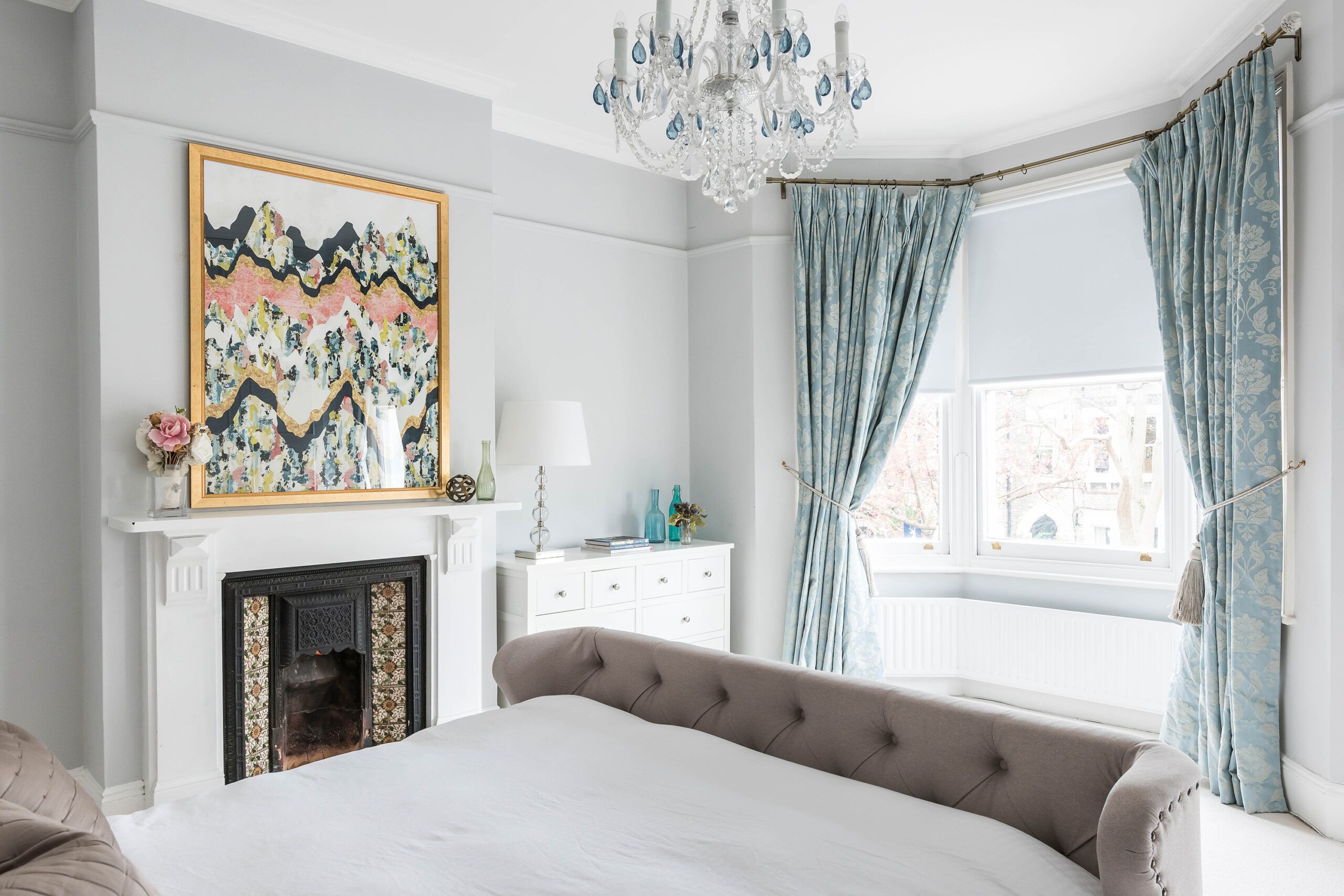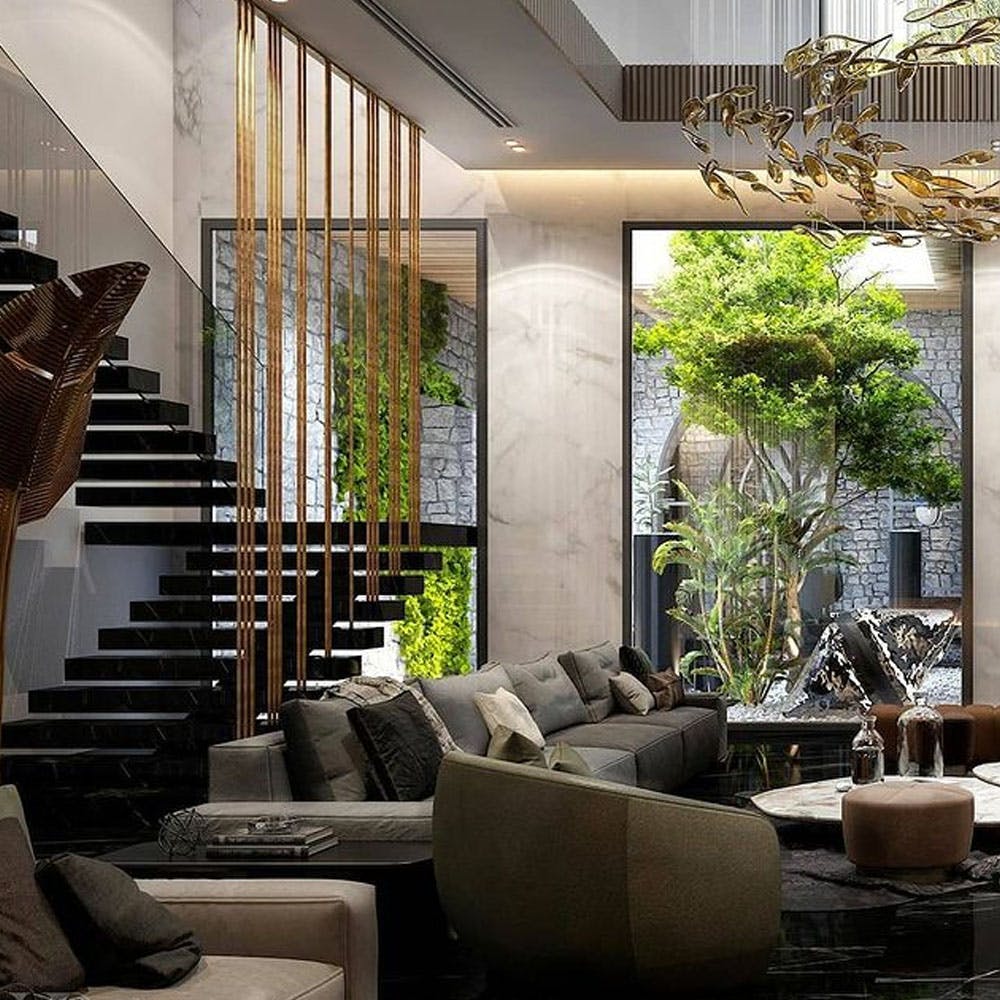Achieve Spectacular Results in Home Enhancement with Professional Home Decor Guidance
Wiki Article
Discover How to Mix and Suit Cushion Art to Develop a Relaxing and Personalized Home
In the world of interior decoration, the art of matching and blending cushion styles holds the power to change a room from mundane to inviting. Paddings, often ignored, play a substantial duty in creating a comfy and personalized home. By meticulously choosing the right colors, patterns, and appearances, you can curate a setting that shows your one-of-a-kind personality and layout sensibilities. Recognizing exactly how to incorporate these aspects harmoniously can boost your home and evoke a feeling of convenience and style. So, let's discover exactly how the tactical setup of paddings can instill heat and personality right into your home decoration.Understanding Cushion Art Styles
How can one identify between the various designs of cushion art to boost the visual allure of their living area? Recognizing padding art styles is vital for developing a visually enticing and natural style. Pillow art can vary from standard to contemporary, minimalist to bohemian, and every little thing in between.
Standard cushion art styles typically include elaborate patterns, such as flower concepts or damask styles, which add a touch of style to a space. These styles are identified by rich colors and elegant textiles like silk or velvet. In contrast, modern-day padding art welcomes tidy lines, geometric shapes, and bold shades to develop an extra contemporary appearance.
Minimal padding art styles focus on simplicity and performance, frequently featuring solid colors or simple patterns. These pillows are optimal for developing a tidy and clean aesthetic. On the various other hand, bohemian pillow art designs are eclectic and lively, including a mix of patterns, colors, and structures to develop a comfy and inviting atmosphere. By comprehending these various designs, one can successfully match and mix padding art to personalize their living space and create an unified layout system.
Choosing the Right Shade Palette
Having a clear understanding of padding art designs lays the structure for effectively selecting the appropriate shade combination to complement and improve the aesthetic appeal of your living space. When picking a color palette for your paddings, it is necessary to take into consideration the existing color design of your area - Home Decor. Integrating the pillow shades with the total design can produce a natural and visually pleasing atmosphere
One method is to decide for complementary colors that contrast with the furniture or wall surface shades to make the paddings stand out. One more option is to choose analogous shades that are surrounding on the color wheel, producing a more unified and subtle appearance. Furthermore, incorporating neutral tones like whites, beiges, or grays can help balance bolder colors and patterns in the space.
Try out various mixes and shades can include depth and individuality to your room. Bear in mind, the shade palette you pick for your cushions can considerably impact the overall setting of your home, so put in the time to select colors that reverberate with your design and choices.
Combining Patterns and Appearances
When it concerns developing an aesthetically dynamic and inviting area, grasping the art of blending patterns and textures in pillow style can elevate the aesthetic allure of your home decoration. Combining different patterns, such as stripes, geometrics, and florals, can add deepness and visual rate of interest to your living location - Home Decor. To achieve a cohesive look, consider choosing patterns that share a typical color pattern or motifIn enhancement to mixing patterns, incorporating different textures into your pillow plan can additionally boost the overall design. Velour, silk, bed linen, and artificial fur are just a couple of examples of structures that can bring a feeling of deluxe and convenience to your room. Mixing rough and smooth textures can develop a responsive experience that adds splendor to your decor.

Arranging Cushions for Impact
To make the most of the aesthetic influence of your cushion plan, critical positioning and thoughtful control of dimensions and colors are crucial. When organizing cushions for influence, consider the overall aesthetic of the area. Start by putting larger paddings at the back to provide a solid base, after that layer smaller sized cushions in front to add depth and measurement. Blending shapes, such as square, rectangular, and round paddings, can produce aesthetic interest and balance.Play with various structures and textiles to include tactile allure and splendor to the setup. Velvet, woollen, silk, or synthetic fur can bring a touch of luxury, while cotton and bed linen provide an even more laid-back feeling. Furthermore, including pillows with varying prints and patterns can infuse character and create a dynamic appearance.
Trying out unbalanced setups for a modern-day and eclectic ambiance, or go with in proportion placements for an extra conventional and balanced feel. Remember, the trick is to strike an unified balance in between shades, textures, dimensions, and patterns to achieve an impactful and cohesive padding display screen in your home.

Personalizing Your Space With Cushions
Personalizing your home with pillows can be a effective and creative way to instill your individuality and style right into your home decoration. Paddings use a functional and easily interchangeable option to mirror your specific taste and choices. To personalize your area with cushions, consider mixing different textures, patterns, and colors that resonate with you. Select cushions that enhance your existing furnishings and overall color pattern while including a pop of individuality.Integrating customized pillows enables you to display your unique style and create a comfy ambience that feels like home. Think about including individualized or customized cushions with meaningful quotes, monograms, or images that hold nostalgic value. Blending in these tailored components can make your home really feel more inviting Recommended Reading and reflective of who you are.

Final Thought
To conclude, mastering the art of visit the site matching and blending pillow art designs, textures, patterns, and shades can change your home right into a customized and relaxing sanctuary. By understanding the various components that enter into creating a well-coordinated pillow screen, you can easily raise the look of your home. Explore various mixes to locate what suits your design best and develop a warm and welcoming atmosphere that mirrors your unique individuality.In comparison, modern padding art embraces tidy lines, geometric forms, and strong colors to create a much more modern appearance.
On the various other hand, bohemian pillow art styles are diverse and vibrant, including a mix of appearances, patterns, and shades to create a cozy and inviting environment - Home Decor. When picking a color palette for your pillows, it is necessary to think about the existing color system of your room.One strategy is to opt for complementary colors that contrast with the furnishings or wall colors to make the cushions stand out. Start by putting bigger cushions at the back to supply a solid base, then layer smaller paddings in front to add advice depth and measurement
Report this wiki page